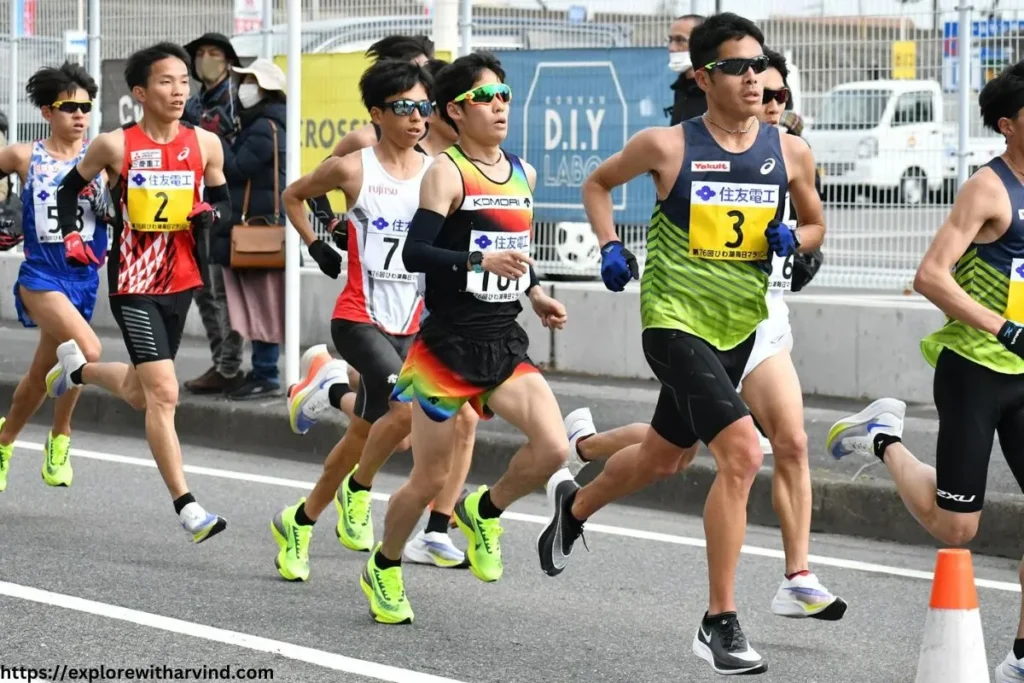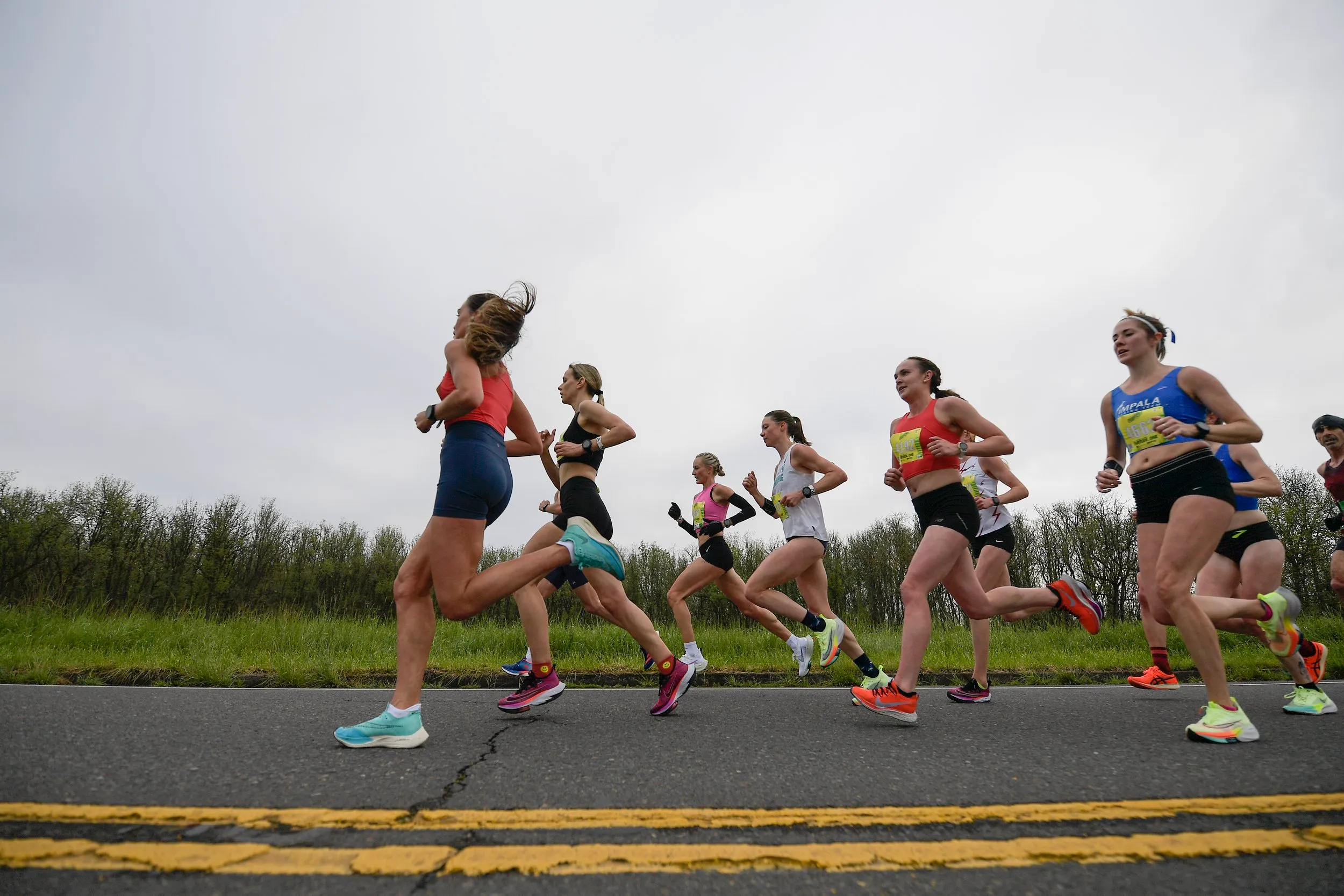Table of Contents
ToggleMastering the Marathon Journey: Your Comprehensive Guide to Training and Racing

Introduction: Embarking on the preparing for a marathon journey is a transformative experience that demands commitment, dedication, and a deep understanding of both your body’s capabilities and the rich history behind the term “marathon.”
In this comprehensive guide, we will delve into the different categories of marathons, the historical significance of the term, and provide essential insights for your marathon preparation.
Understanding the Marathon Categories: Marathons come in various categories, each distinguished by its distance. The traditional marathon distance is 42.195 kilometers (26.2 miles), but there are also shorter and longer variations. These include:
- 5K (3.1 miles): A great starting point for beginners.
- 10K (6.2 miles): A popular choice for intermediate runners.
- Half Marathon (21.1 kilometers or 13.1 miles): A challenging but achievable goal for those looking to build up to a full marathon.
- Ultra Marathons: Beyond the standard marathon distance, these races can range from 50 kilometers to several hundred kilometers, testing extreme endurance.
Why is it Called a Marathon? The Significance and History: The term “marathon” has its origins in ancient Greek history, specifically the Battle of Marathon in 490 BCE. Legend has it that a messenger named Pheidippides ran approximately 25 miles from the battlefield of Marathon to Athens to announce the Greek victory over the Persians. Exhausted, Pheidippides delivered the message, then collapsed and died.
The modern marathon, as we know it, has its roots in the revival of the Olympic Games in 1896. The first organized marathon race was introduced in the Athens Olympics to commemorate the legendary run of Pheidippides. The distance of 42.195 kilometers was standardized in the 1908 London Olympics to accommodate the route from Windsor Castle to the royal box at the Olympic Stadium.
Training Strategies for Different Marathon Journey:
- 5K and 10K:
- Emphasize speed and interval training to improve your pace.
- Include strength training to enhance overall fitness.
- Half Marathon:
- Gradually increase your long run distances.
- Practice race pace to build endurance and mental resilience.
- Full Marathon:
- Follow a structured training plan that includes long runs, speed work, and recovery days.
- Simulate race conditions during training to prepare both physically and mentally.
Race Day Strategies for Each Category:
- 5K and 10K:
- Focus on a fast start and maintain a steady pace.
- Use the final stretch to give your all.
- Half Marathon:
- Manage your pace to avoid burnout.
- Fuel strategically, especially during longer races.
- Full Marathon:
- Pace yourself conservatively in the early miles.
- Stay hydrated and fueled throughout the race.
- Leverage mental strategies to overcome the challenges of the distance.
Celebrating the Marathon Tradition: Participating in any marathon category is a celebration of a rich historical tradition, a testament to the human spirit’s endurance and determination. Regardless of the distance you choose, the sense of accomplishment at the finish line is unparalleled.
Here's an overview of some of the notable marathon journey around the world:
- Boston Marathon (United States):
- Location: Boston, Massachusetts
- Significance: One of the oldest and most prestigious marathons globally, known for its challenging course and stringent qualifying standards.
- New York City Marathon (United States):
- Location: New York City, New York
- Significance: The largest marathon in the world, featuring a course that takes runners through all five boroughs of New York City, ending in Central Park.
- London Marathon (United Kingdom):
- Location: London, England
- Significance: Part of the World Marathon Majors, known for its fast and flat course that passes iconic landmarks like Tower Bridge and Buckingham Palace.
- Berlin Marathon (Germany):
- Location: Berlin, Germany
- Significance: A World Marathon Major famous for its flat and fast course, often setting the stage for world record performances.
- Chicago Marathon (United States):
- Location: Chicago, Illinois
- Significance: Another member of the World Marathon Majors, known for its flat and scenic course, offering great potential for personal bests.
- Tokyo Marathon (Japan):
- Location: Tokyo, Japan
- Significance: Part of the World Marathon Majors, featuring a diverse course showcasing modern and traditional aspects of Tokyo.
- Paris Marathon (France):
- Location: Paris, France
- Significance: One of the major European marathons, taking runners on a scenic route past landmarks such as the Eiffel Tower and Notre-Dame Cathedral.
- Comrades Marathon (South Africa):
- Location: Between Durban and Pietermaritzburg, South Africa
- Significance: An ultra-marathon covering approximately 87 kilometers (54 miles), known for its challenging course and historic roots.
- Great Wall Marathon (China):
- Location: Huangyaguan, Tianjin Province, China
- Significance: An iconic marathon that takes participants along the Great Wall of China, featuring steep ascents and descents.
- Athens Marathon (Greece):
- Location: Athens, Greece
- Significance: Known as the “Authentic Marathon,” following the route believed to have been taken by Pheidippides in 490 BCE, finishing at the Panathenaic Stadium.
- Mumbai Marathon (India):
- Location: Mumbai, Maharashtra
- Significance: Officially known as the Tata Mumbai Marathon, one of the largest marathons in Asia, featuring a course that showcases the iconic landmarks of Mumbai.
These marathon journey represent a diverse range of locations, challenges, and cultural experiences, making them sought-after events for runners worldwide. Each marathon has its unique history, significance, and attracts participants of varying skill levels, from elite athletes to recreational runners.
